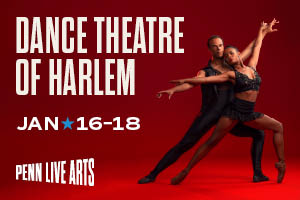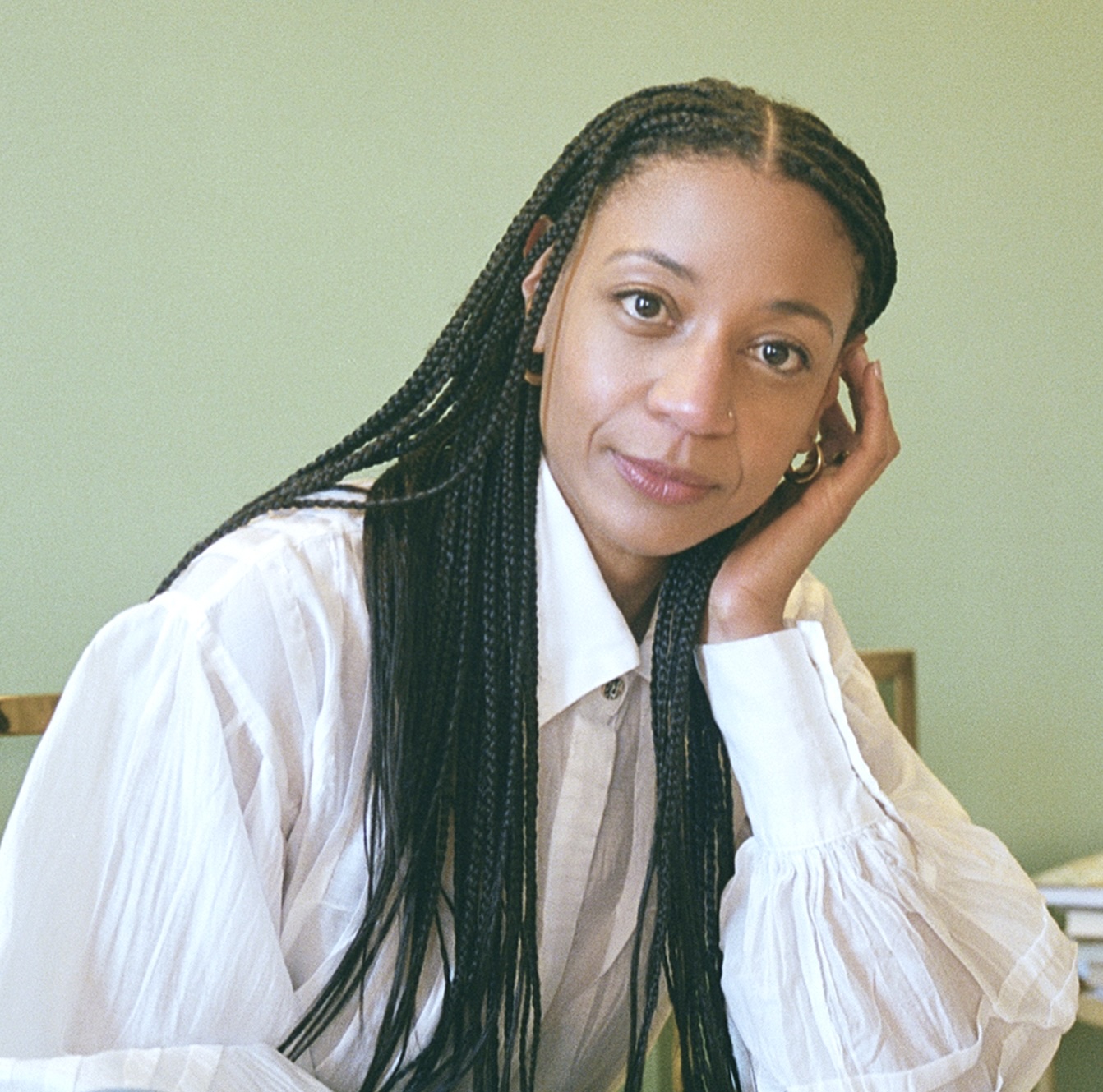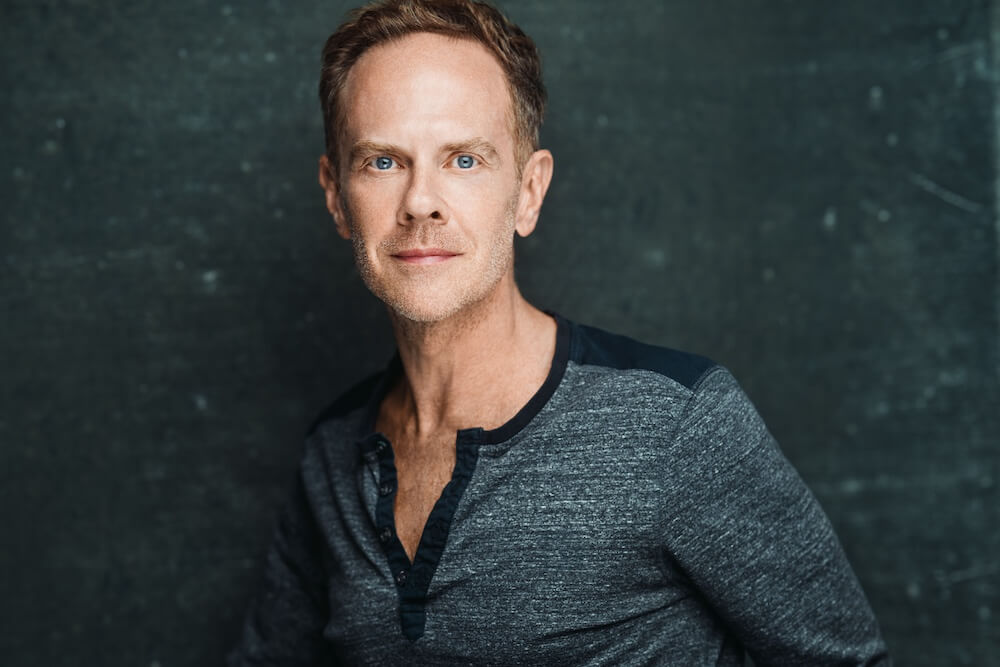While New Orleans celebrates its Mardi Gras and Brazil celebrates Carnaval, my city, Iloilo -in what is called the Philippines- celebrates this new year with its own cultural festival called Dinagyang, coming from the word “dagyang” which means “merrymaking.”This gathering is a once a year festival that is celebrated through street dancing competitions in honor of the indigenous Ati and Santo Nino. This past January 2023, after taking a two-year hiatus from a live street dance performance due to the pandemic, the Dinagyang made its comeback with Dinagyang Ilomination, a play on words combining Iloilo and Illumination. Artificial lights that reminded me of fairy lights were added to the costuming of the dancers….thus illuminating the city. Local and foreign tourists flocked to my city to witness the colorful costumes, street dancing, intricate choreographies, and exciting drumline performances. My theater mentor, Eric Divinagracia, who now is part of the Dinagyang committee, excitedly told me that they are constantly reinventing this yearly festival.
The Dinagyang Festival began in 1967 and every year, the committee tries to reinvent the wheel. Despite all the changes, one thing remains true for every year’s celebration; Dinagyang is an unapologetic take-over of urbanized Iloilo, where no one can park or go to work without heavy interference of traffic and detours.
For many years, I thought of this festival as an authentic presentation of the Ati people, Black Indigenous people of my island, Panay (an island consisting of Kalibo, Iloilo, Capiz and Antique provinces). This festival is, after all, inspired by the Kalibo’s Ati-atihan Festival, which according to Patrick Alcedo, Associate Professor at York University, began as a celebration of the Ati who are believed to be the original inhabitants of the Philippines. Atis are said to be untainted by foreign-ness, mountain-dwelling, away from colonial influences. In the Ati-atihan festival, street dancing is the focus whereas Dinagyang is focused on the presentation of pseudo tribes in a proscenium-style setting performance at the Iloilo Freedom Grandstand. Both Dinagyang and Ati-atihan consist of tribus (simulating indigenous tribes); each tribe competes against each other for cash prizes and awards.
Dinagyang showcases how Filipinos, specifically Ilonggos, love to dance, love to commune, and love to celebrate. I recently dropped in on rehearsals with talented Dinagyang choreographer, Errol Villalobos and dramaturg, Joemar Sustento at Iloilo National High School. I witnessed Errol demonstrate a movement, and everyone followed. Dancers learn by a call and response, with no codified steps and balletic lines. Unlike Western training where mirrors check shapes and alignment, most rehearsals are held in open public spaces, absent of mirrors. This rehearsal space was a basketball court. It was so refreshing to see how rhythms, musicality, virtuosity, community, and storytelling are vital, essential to this practice. The rehearsals began at noon but the choreographers texted me that the dancers are trailing in and it would be best for me to come in the later part of the afternoon. The concept of time was fluid, far from the Western social constructs and expectations. Dancers ease into spaces between noon to one P.M. and had choreography rehearsal interspersed between one to six in the evening. They chatted in between, built friendships, and broke bread together. It was refreshing to see such a holistic practice so different from Western modes of dance making.
It is easy to think that this celebration is historical, and many do not know this tradition is in fact, new. In the 70s, these festivals were created to boost tourism. I also assumed that Dinagyang celebrates Ati culture. As a child I used to watch late night rehearsals of tribes preparing for the final competition with my dad who told me that this festival celebrated the bartering of Panay, between Ati and Malay, a conversation between dark and brown skinned ancestors. At least in my younger years, these plots were more prevalent in Dinagyang choreographies. Less of this history is centered now, however; the narrative of Atis dancing wildly, only to be saved by a white figure called Santo Nino (baby Jesus) has become the centralized narrative.

In my own field research with the Ati tribes of Kati Kati Guimaras in 2019, they expressed feeling erased in this festival that is supposed to center on their story. They also showed me dances imitating animals that I found so interestingly connected to African and African American social dances such as buck and wing. Many dances were derived from nature and human life such as a dance imitating ducks, birds, fishing, hunting, or a celebration ritual dance of welcoming. The dances of the Ati were rituals, rather than performative. Dance as communal rather than commodity. Certainly, our indigenous people embody great reverence for nature, a reverence not shared by mainstream Filipinos out of touch with their connection to their pre-colonial history. These dances as rituals have been disconnected from the people they are meant to support, as proven by the rapid gentrification of farm lands, rampant capitalism evident in the mega mall culture, and the massive financial gap between rich and poor. I cannot help but compare this narrative to the plight of Black and Indigenous people of the United States, where blatant economic divides exist due to race and social status.
My entry to the United States is through the portal of what western dance brands as “Black Dance.” My experience in Black dance introduced me to the work of Katherine Dunham through my mentor, Cleo Parker Robinson who used dance as a tool for political and social activism. After working with Miss Dunham in 2003, and through my time with Cleo, who emphasized legacy and history through dance theater making, my queries on dance as an archival tool ignited. Miss Dunham knew the importance of dance as a source of anthropological research. If traditional dances hold stories of ritual, culture, and people’s ways of living, then it made sense for her to bridge anthropology with dance. She was particularly curious about the dances in Haiti, especially since it is the First Black Republic created after a successful revolution. Similar to Dunham who looked into dance to research culture and identity, I too investigate dance practices from my own island, Panay, to understand our identity loss due to a prevailing colonized culture. What is embedded in our indigeneity? How do some of our contemporary practices align with western ideas of capitalism, appropriation, and marginalization of indigenous people and culture?
If I hadn’t emigrated to the United States, where blatant racism and class inequities exist, I would not have had any critical insights on the performativity of our Ilonggo dance festivals. I would have lived comfortably in an insular culture, privileged with education (a colonized education nonetheless) and thus would’ve been most likely unwilling to question a colonized mindset that upholds my various privileges. However, my life in Amerikkka, my years dedicated to Black Dance, and my research of Jazz Dance led me to question a perspective that my fellow Panayanons may not have considered: the history of performing Black (Black face, Black Hair, Black Stereotypes) in our Panayanon dance festivals.






